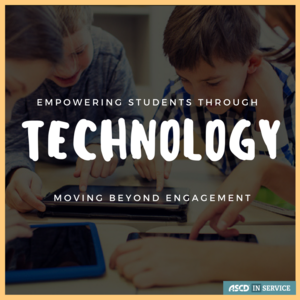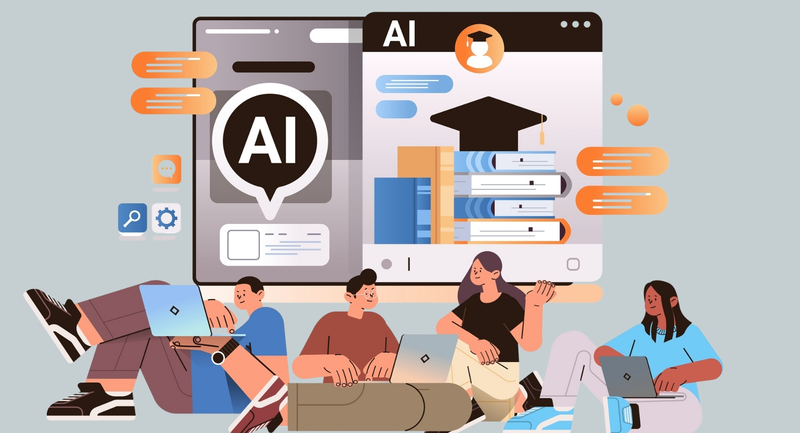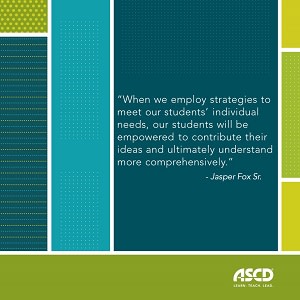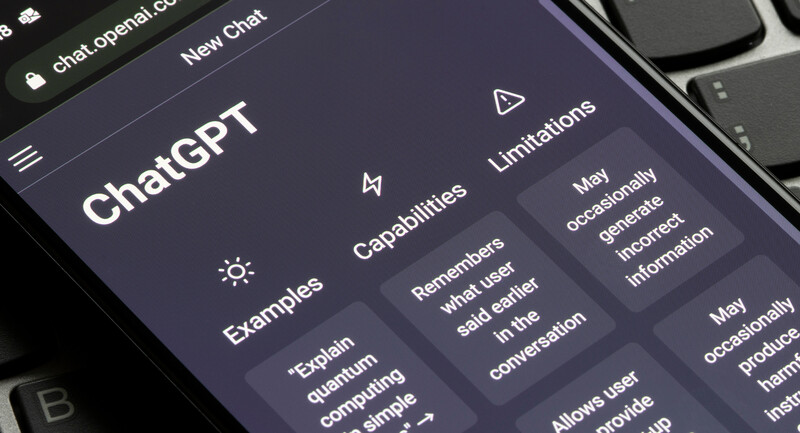Students enter the classroom, open up their Chromebooks, and log on. They talk and settle in to the lesson as they pull up our class website, and then they look for that day’s directions. It’s a pretty standard routine in my classroom, where students are using technology every day. Often, they can use these tools to navigate their learning fully on their own, and are engaged in the learning process. They follow my written or verbal directions in their reading, writing, discussion, collaboration, and creation. And it works pretty well.
But is the technology in my classroom or school being used to its potential? That’s a question I find myself asking a lot lately, as both a teacher and a coach. Many schools have seen dramatic increases in technology’s use and availability in teaching and learning, but when does it really make a difference? And how do we know?
Reflecting on these questions, I’ve realized that it’s generally easy to engage students with technology. Devices, interactivity, and the potential for collaboration are great technological hooks that can drive students towards real intellectual engagement in learning. Overall, my students work hard, they are focused in class, and they are engaged in learning. But they’re engaged in the learning as I’ve planned and directed it, and I’m not sure that’s enough anymore.
It can be easy to engage students on a basic level with a bright screen or shiny piece of new technology, and that can lead to meaningful intellectual engagement, too. But we need to use technology because it provides students with opportunities to learn in ways that were impossible before, and we need to embrace the technology’s role in empowering them to take control of that learning. The more my students are engaged with the technology, the more I begin to recognize the pitfalls of engagement without empowerment.
For my students to really benefit for the power of technology, they need to have more power in designing the learning. Here are three simple ways to promote student empowerment through technology in our classrooms:
1. Choice
Ask for student input in designing learning goals and assessments so that they can help decide how to show what they know and can do. With all of the world’s knowledge a few clicks away and so many free tools for online creation, the power of technology is in this opportunity and its potential. Students should be encouraged to make informed choices about the technology they are using to enhance their education. For me, this means not only providing students with choices in tools, but asking them to design the tasks or rubrics, and to make connections to standards, too.
2. Audience
When I’m the only person reading my students’ work, the power of their voices are silenced. I want my students to share with each other, with families, with our school community, and with the world. We should provide students with authentic opportunities to showcase their learning, and their choices for a real audience. Many students are sharing their voices and lives on social media already, so let’s help them do so responsibly and intelligently, and leverage their drive to share for their learning. This can start small, with simple peer or class-to-class collaboration and can evolve towards sharing on social media or with digital portfolios.
3. Reflection
Choices are more powerful when we know why they were made. If we are asking students to make choices about their learning, reflecting on these choices is essential to real intellectual engagement. Whether it’s a 30-second video reflection, a Google Form self-evaluation, peer assessment, or any other strategy, reflection helps students process their own learning and understanding and provides valuable data for educators to understand it, too. My students often create these forms of reflections, taking on the role of the teacher to design the questions for reflection themselves.
The Real Power of Technology
Technology can do a lot of things in our classroom, but one of its most important impacts is the ability to put the power of learning in the hands of the learners. The potential for knowledge, skill-building, and creation is available online for everyone, levelling the playing field for students to become the experts. I know that my students are usually engaged in our learning, but I want to do more to empower them to be in control of their learning and their futures.
Adam Schoenbart is a high school English teacher, technology coach, and Google for Education Certified Trainer. He is the co-creator of The Education Calendar (#TheEduCal), a crowdsourced map and calendar of education events worldwide. Adam teaches in New York and blogs about teaching and educational technology at aschoenbart.com. Connect with Adam on Twitter at @AdamSchoenbart.








